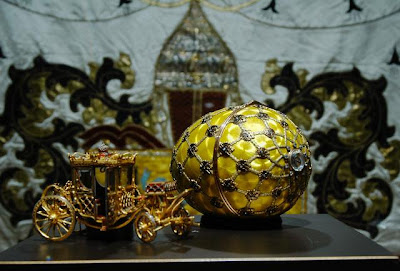
There was a developer that worked for me once, I’ll call him George. He wrote a lot of really good code. But one day he decided he wanted to make his mark on things. George believed that the way to do it was to create a beautiful widget. He wanted it to be so beautiful and so useful that it could be used generically and would be something that we could sell separately on its own merits.
The widget was part of a Java/Swing user interface for an issue tracking system. It was responsible for the data model used by a form, a query editor, and a handful of other objects. So, it did need to be fairly general purpose, but it didn't need to be so generic and so functional that it would be something that people would want to buy separate from the application.
George referred to this widget as his “Faberge Egg.” It was an apt name for the widget. It was overly ornate, intricately detailed, and supported a very wide range of functionality that we had no immediate use for and still don’t to this day.
I was very clear with George that I only wanted a “Cadbury Egg” and tried hard to convince him that he could provide much more value to the company in other ways and the company would reward him for that, not the Faberge Egg. I like folks to have the freedom to grow and explore. Even though we were under deadline pressure, I gave George some wiggle room while at the same time trying to guide him towards the simplest design that would work. Unfortunately, after weeks of work and many conversations, George’s desire to produce a masterpiece of a widget prevailed.
Over time, that widget has been the source of more than its share of problems, both in bugs and in making it more complicated for other developers to maintain it and extend it. It has been partially refactored several times, but it seems there has never been the time to really do the full job required.
The same functionality that the widget provides was needed in our new web interface. Instead of reusing the code as we have done for other functionality, we decided to start from scratch. Doing just what was needed for the job at hand took only two days and that code has been very reliable right from the start.
Next: Frequent Releases Improve Code Quality Faster
Related: The Iterative Design of a Transforming Lego Sports Car
No comments:
Post a Comment